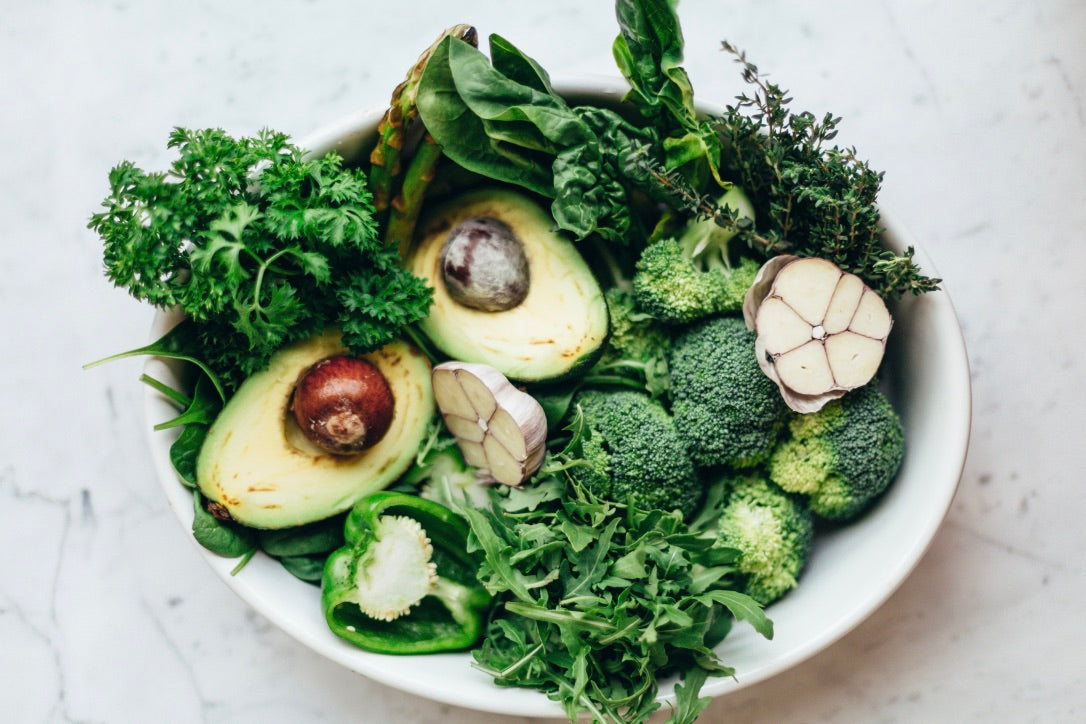How fibre benefits your skin

We all know fibre is key to gut health - keeping us regular, helping controlling blood sugar levels and lowering cholesterol. Did you know that fibre can benefit your skin as well?
Fibre comes in two varieties:
Soluble fibre – Dissolves in water. It feeds your gut microbiota, which are friendly microorganisms that keep your gut healthy.
Insoluble fibre – Absorbs water. It adds bulk to the stool, to help food pass more quickly through the stomach and intestines.
What is the gut-skin axis?
The term ‘gut-skin axis’ describes the connection between your gastrointestinal tract and skin. Your skin is a powerful reflection of what’s happening on the inside. Chronic skin conditions such as acne, mild eczema and psoriasis can often be an indicator of dysbiosis (disruption to the microbiota caused by an imbalance in the microflora). If your gut is out of balance or inflamed, your skin is usually one of the first places you will notice problems such as redness, sensitivity, and even the breakdown of collagen which can speed up the signs of ageing, also known as inflammaging.
Did you know that people with rosacea and acne are at least ten times more likely to have gut issues? And that 34% of people with IBS show skin manifestations?
Most fibre makes its way to the large intestine where it can be utilised by different types of beneficial bacteria as food. This process results in the production of short chain fatty acids. Two common short-chain fatty acids are called acetate and butyrate. They benefit your body because they reduce inflammation.
Other benefits include:
- Preventing bad bacteria from growing in your intestines.
- Increasing your body’s ability to absorb minerals.
How can you get more fibre in your diet to help your skin?
- Eating fruits and vegetables in whole form, rather than juice (this ensures that you get more fibre and less sugar). A kiwi fruit or apple eaten with skin and all is an excellent way to increase fibre.
- Incorporate legumes such as lentils and beans into your diet.
- Use concentrated sources of fibre such flaxseed and chia seeds.
- Snack on nuts and seeds.
Skin microbiome
Did you know your skin also has its own microbiome? Just like nurturing your gut health, you need to create an environment for your skin’s microbiome to thrive. What you put on your skin is just as important as what you eat. The wrong products, especially those that strip the skin of natural oils can cause an imbalance in the skin’s microbiome. This can lead to issues like dryness, acne, irritation, and exacerbate inflammatory skin conditions like rosacea and eczema.
Avoid products with sulfate-based detergents, ingredients formulated with PEGs and PGs, parabens, phthalates, formaldehyde and fragrance.



